The Leading Aftermarket Programmable TPMS Sensor - Rite-Sensor
From the OE Factory to the local Tire Shop, Bartec products are the industry's best! It is Bartec's OE roots that helped us create our latest innovation, the RiteSensor®. The RiteSensor® is Bartec's single SKU, multi-frequency programmable sensor. It offers 98% vehicle coverage while remaining easy to use. Simply program the sensor with one of the Bartec TPMS tools pictured below. The tool guides you through the process, step-by-step. You can program the RiteSensor® before or after installation.
MMY Lookup For TPMS Sensor & TPMS Service Kit
The most comprehensive Make Model Year and Qualifier lookup for TPMS Sensors and TPMS Service Kits. Select the Manufacturer, Model, Year and Qualifier to identify original TPMS Sensors and Aftermarket Programmable TPMS Sensor options.
TPMS Sensor Types
Direct Replacement Sensors, Multi-protocol Sensors and Programmable Sensors. Bartec TPMS Tools can program the most popular of aftermarket replacement sensors! Using the same tool that performs, Test Before Touch, DTC’s reads and the all-important relearn step, the technician can feel confident that the part is accurately configured for the vehicle being worked on. Only Bartec has bundled all of the TPMS service steps into easy to use service tools, making sensor programming easy and fast, and vehicle repair accurate and affordable!
TPMS Sensors & TPMS Tools
We have many years of TPMS Tool/Sensor experience with the very best product range and coverage available. Our long history for programming TPMS Sensors goes back across many generations and years of Bartec USA tools including the Tech600Pro, Tech450Pro, Tech400Pro, Tech300Pro/Pro/C, Tech500, Tech500Pro & Tech400SD.
Online TPMS Sensor Store
Visit our online store to purchase TPMS Service Kits, Tool Updates, TPMS Accessories and RITE-SENSOR® Bundles to support Tool Service & Repair capabilities.
TPMS Sensor Support
The best way to Own the Wheel Well is to keep your TPMS Tool current and up to date. No one delivers more tool updates than Bartec USA! Changing vehicles, changing sensors, and changing OBDII protocols make keeping your tool current and a critical part of your business's standard operating procedure.
6 Steps to TPMS Sensor Success
TPMS Tool Selection, Mechanical Tools, Sensor Optimization, Service Kit Inventory, TPMS Support & TPMS Management System.
RiteSync®
Only Bartec can deliver a TPMS sensor programming process that is simple, easy and with fewer steps! Using RiteSync® technology, your Bartec TPMS tool, along with the RiteSensor® the process of sensor programming and vehicle relearning become one, single step!


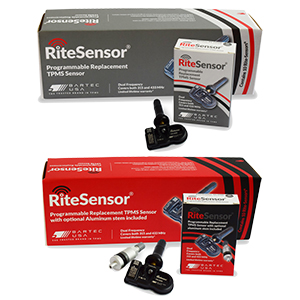

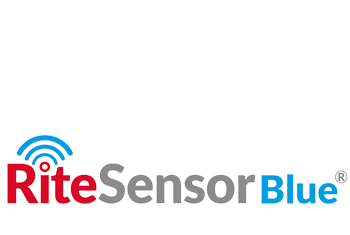
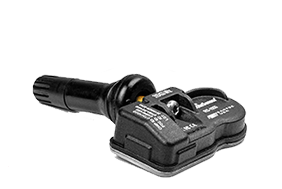

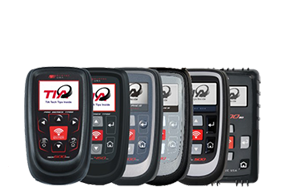


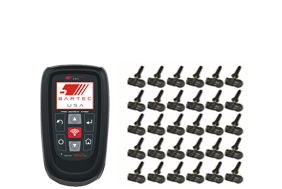


 Bartec USA LLC
Bartec USA LLC